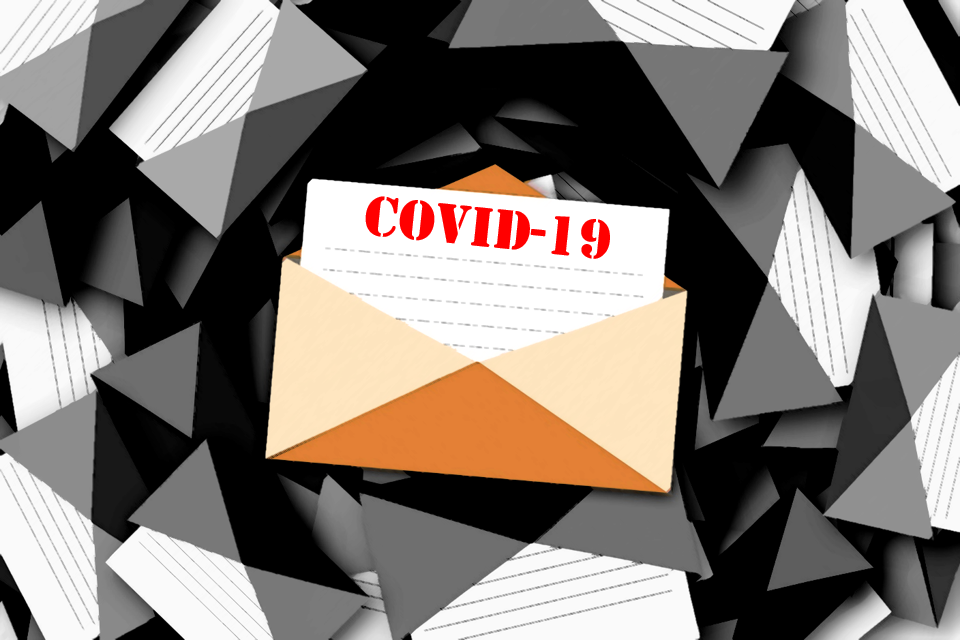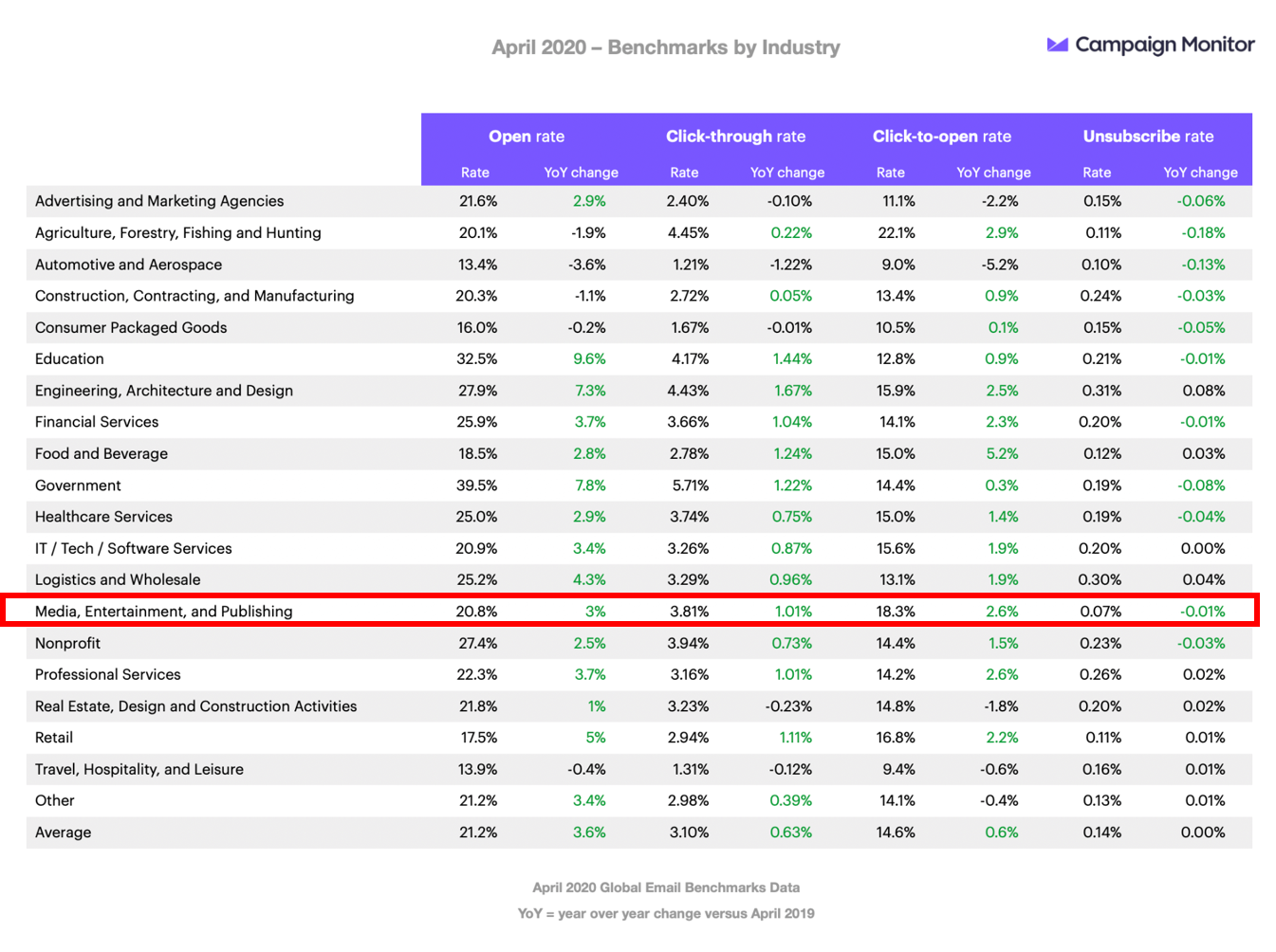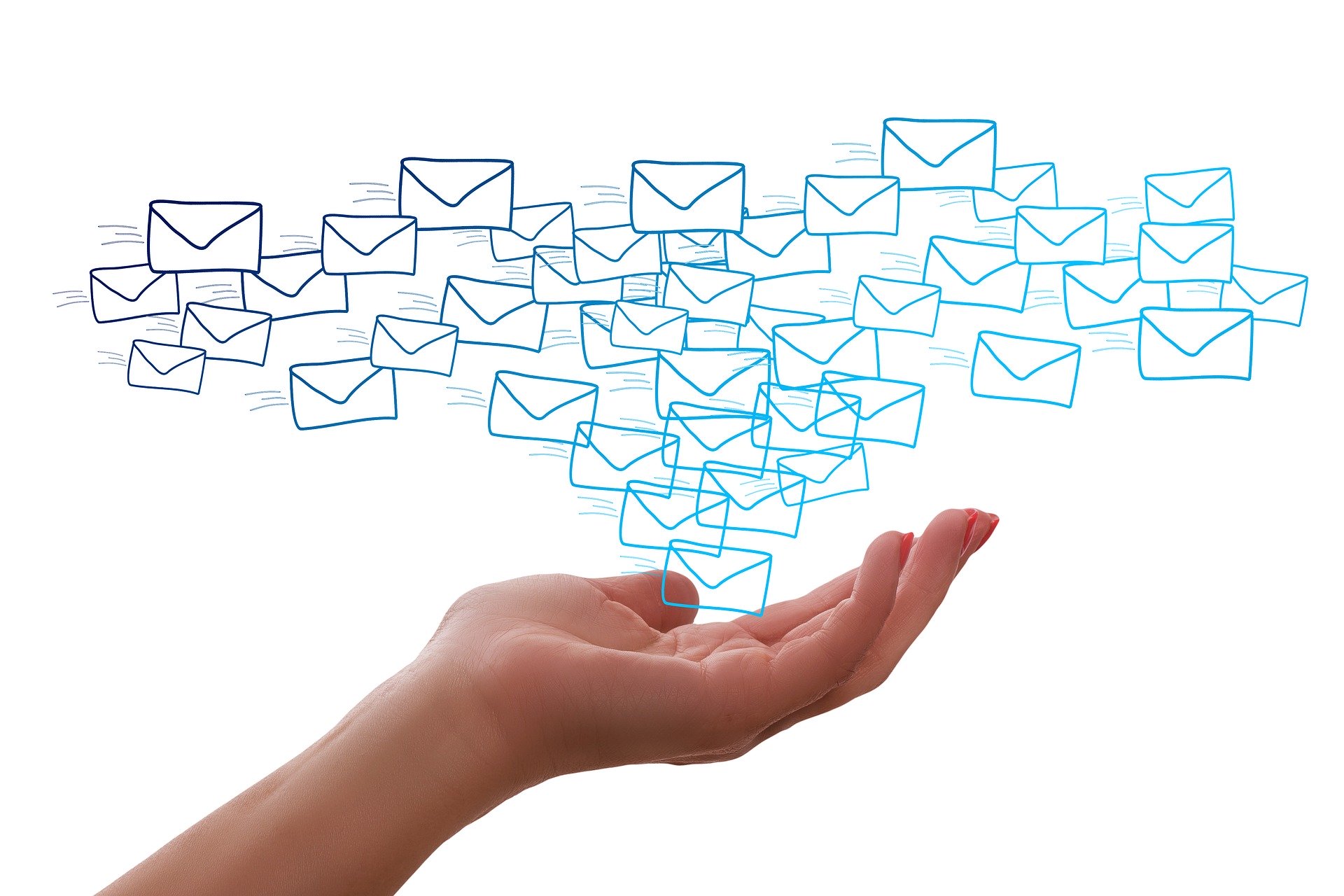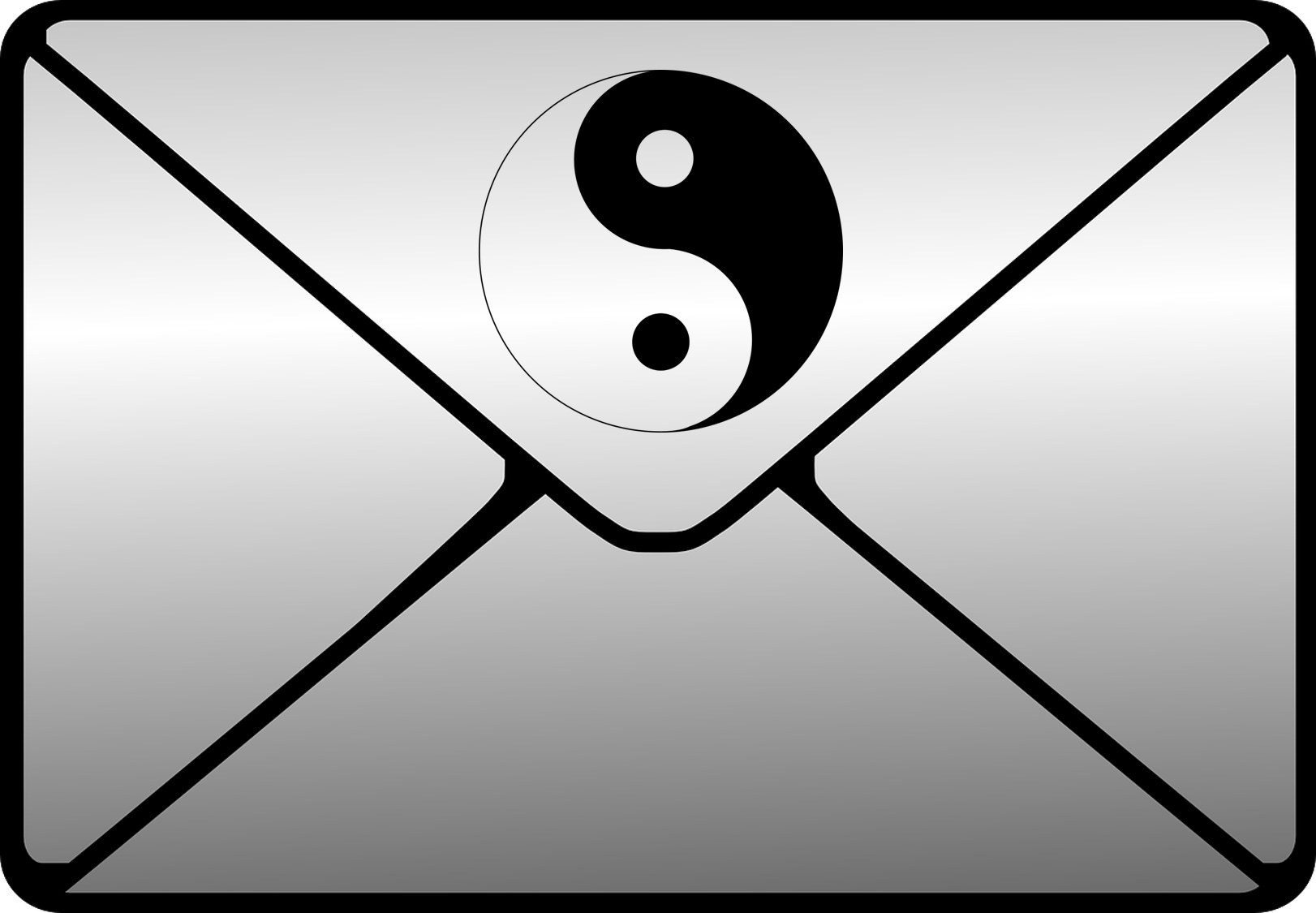
Last week in a series of posts, we talked about how email databases are a critically important conduit of any radio station’s communication strategy. Aside from the relatively low expense of growing and maintaining an effective email program, there is a strong advantage for radio sales department in terms of targeting, as well as establishing ROI for advertisers and sponsors.
Some stations have gone it alone – and done an excellent job of building, developing, and strategically deploying an email database. But they are too few and far between. Outside marketing companies like Aptivada and Second Street are in the business of helping stations grow their database armies – and both do a good job of creating mechanisms for capturing email addresses – and then putting them into smart, tactical use.
Email may be “old school” as marketing avenues go, but its ability to capture attention – even in this landscape where seemingly everyone acknowledges they get way too many emails – is excellent, especially during COVID-19.
That fact was recently confirmed by another company specializing in email marketing, Campaign Monitor. They recently released a study called “Email Marketing Benchmarks: COVID-19 Edition,” highlighting key email stats since the start of the pandemic.
It’s a long read that gets granular – even recommending days of the week in which to send email during the pandemic (the highest open rates are on Mondays and/or Fridays) – but it’s a good reminder how this event is changing the way consumers are conducting their online lives.
One of the key findings of their report is that thanks in no small part to our COVID-19 influenced world, all key metrics -open rates, click-through-rates and click-to-open rates are pointing up for the media and entertainment sector since the start of the pandemic. Below is their data for April 2020 with comparisons to the previous year (sorry about the “fine print”):

Open rates – something that most enterprises struggle with – are up three percentage points year-over-year – that’s an impressive 19% jump. Campaign Monitor attributes the rise to heightened consumer interest in both news and entertainment since the start of the pandemic here in the U.S. – something most of us can personally attest to.
They also note that while these stats are all pointing markedly higher, advertising revenue is down for most media and broadcasting companies – a fact we’re all in the process of coping with.
Their recommendation?
“If brands in this sector can lean on revenue streams outside of advertising, they certainly have an audience to help them stay afloat.”
That may sound like a “duh” conclusion to many of you dealing with these sales realities on a daily basis, but they underscore where the revenue was shifting prior to COVID-19, and how it is more swiftly gravitating to other sectors in recent months.

Of course, good news always comes with a darker side. And in the case of email, it turns out that during COVID-19, an alarming number of companies representing most business sectors are simply not responding to email inquiries, comments, and complaints from consumers on a timely basis – if at all.
These same consumers who have more time on their hands to open the emails we send them apparently aren’t shy about providing feedback especially when companies offer an outlet.
AI-based email marketing company, Netomi, recently conducted an interesting research study during the pandemic. Posing as consumers, they contacted nearly 1,000 retail and consumer-facing companies in April and May.
They found that just over half (56%) even bothered to provide an accessible email address for contacting the company. Of those, a whopping seven in ten failed to respond. Overall, only about 17% of the businesses sampled returned Netomi’s “masked” emails.

In a revealing story in CRM Buyer, Netomi’s VP/marketing, Can Ozdoruk, came to this conclusion:
“This is the most shocking finding of our study. It not only presents a risk to customer satisfaction, but also the bottom line. as customer experience is what drives loyalty and spend today.”
You probably won’t be surprised to learn it takes longer to get a response from a Fortune 500 company than a smaller enterprise – 47 hours versus 34 hours.
Much of the blame comes down to systems that aren’t in place because of remote working arrangements during COVID-19. Nicole France, a principal analyst at Constellation Research, explains how the pandemic has amplified the problem:
“Customer service teams are being swamped by increases in traffic and demand…and some businesses have cut back on customer service capabilities because of drops in revenue or demand. It’s exacerbated by the challenges of providing customer service teams with adequate work environments and/or the ability to work remotely, including from home.”
Whether your radio station (or company) has a web form or an email address listed, it’s not difficult to “test” your response time just to ensure these  trends aren’t impacting your business by simply sending a “blind” email with a sales inquiry and another with a programming idea or complaint.
trends aren’t impacting your business by simply sending a “blind” email with a sales inquiry and another with a programming idea or complaint.
This is important because genuine emails from the outside could be coming from a potential advertiser or sponsor. Or they could be originating from someone who’s walking around with a meter or a diary.
As we are learning more and more about the ripple effects of COVID-19, things are changing at a rapid pace. And based on the data we’re seeing just this past week, the pandemic isn’t going away anytime soon.
Consumers are responding better to marketing emails, but they’re also engaging more often with businesses, too.
Of course, that means their radio stations of choice.
It’s never been more important to effectively respond.
- What To Do If Your Radio Station Goes Through A Midlife Crisis - April 25, 2025
- A 2020 Lesson?It Could All Be Gone In A Flash - April 24, 2025
- How AI Can Give Radio Personalities More…PERSONALITY - April 23, 2025




In two markets, large and major, I encountered email “blast” templates with NO return address. I always wanted to squeeze in a little note from the PD, perhaps announcing a new show, explaining a tweak, giving people a peak behind the curtain and a chance to respond. The promotion and/or sales folks who usually handled the newsletter couldn’t understand why we’d want the feedback.
As for responding to all emails…as a news/talk PD I got plenty of ’em. So many, I thought I became pretty expert in crafting the just right reponse that would calm even the most worked up customer. I also became pretty good at recognizing that some people didn’t want a reasoned response…just a fight. Those folks weren’t worth the effort. Most of all, when I would respond, which was most of the time, customers would be blown away to actually hear from a real person. They never expected to hear back. They became even bigger fans.
Pete, a great comment (and of course, I agree with all your points). Thanks for taking the time & thanks for reading our blog.